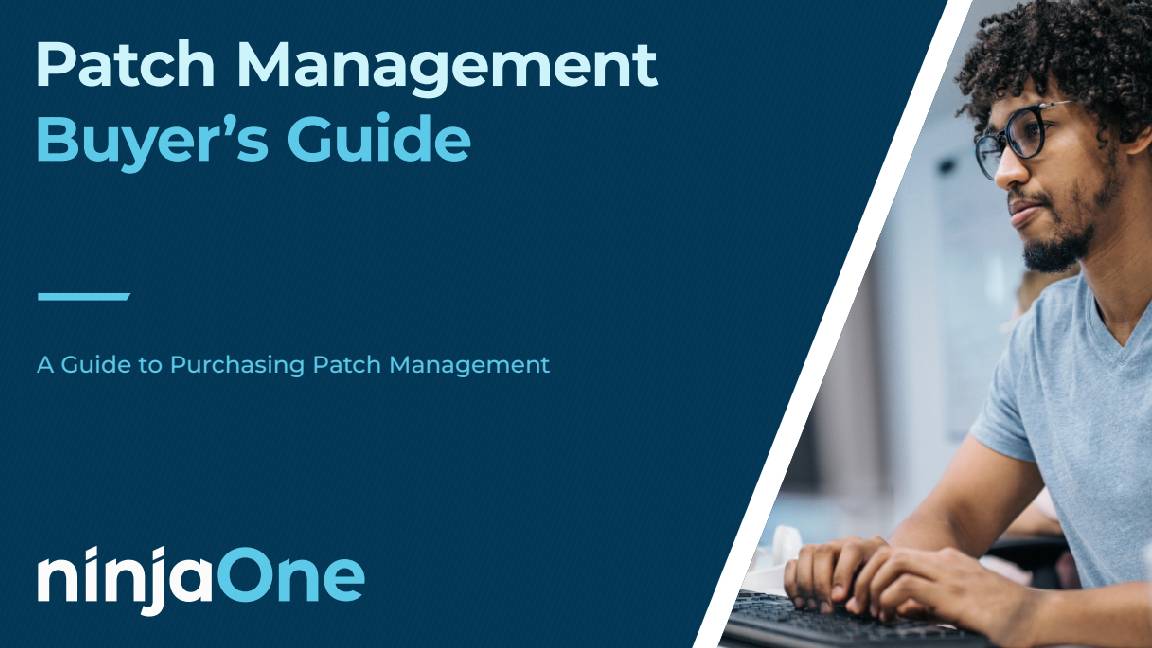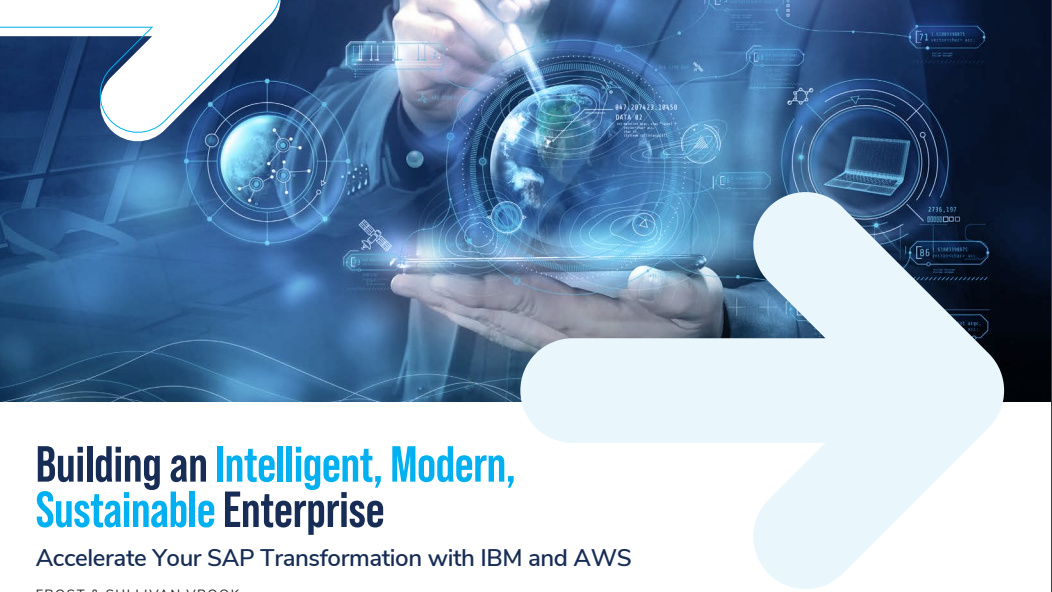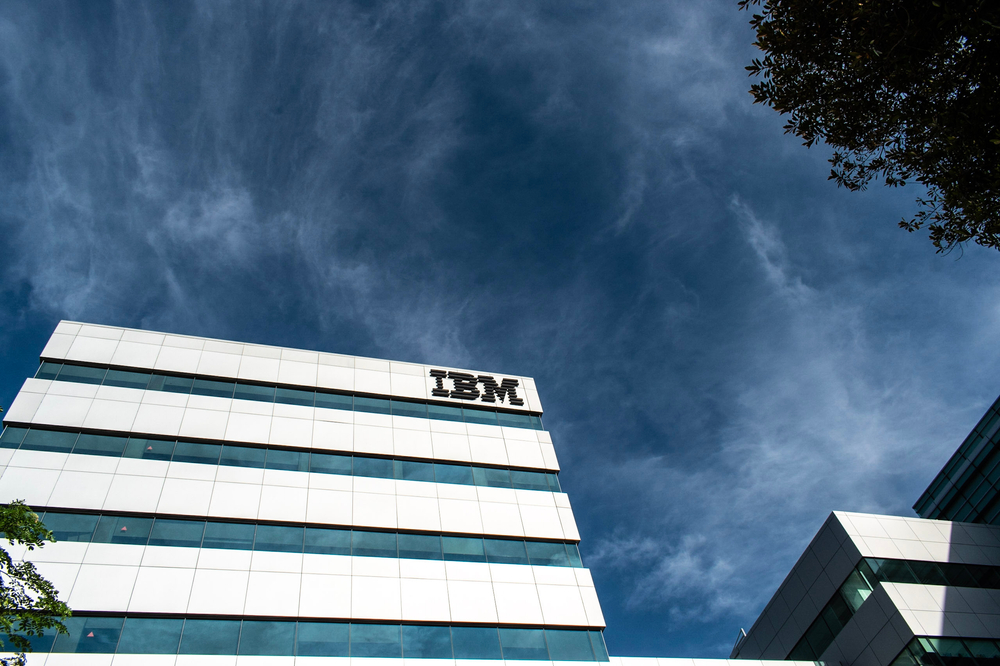How full-stack observability can accelerate IT innovation
Full-stack observability can help companies build for the future as well as deal with performance issues more seamlessly

If there have been any positives from the last couple of years of global turmoil, one has been that being on a business’s premises every day of the week isn’t essential for productivity. Although workers are now returning from their remote home offices to the corporate desk, many are also looking towards a hybrid work mode.
The downside to this from the perspective of IT departments is that they now have a much broader array of systems and services to administer, including in-office and remote, locally run and in the cloud. Keeping track of availability and performance across everything in the IT estate has gotten harder, but there is a solution to the problem – full-stack observability. The benefits of implementing this could go far beyond mere monitoring, too.
What is full-stack observability?
Traditional monitoring systems tend to focus on one area, or a class of areas. One tool might provide performance data for cloud apps, another for network bandwidth and another for storage servers. The issue is that business outcomes are not siloed in this way. Both employees and customers could be using services that depend on elements across all these domains, so that a performance issue in one area might have a root cause somewhere else. For example, sluggish apps might be due to slow storage. This means that an IT administrator trying to pinpoint a problem could well have to track back through multiple tools to discover what is really causing the issue.
This complexity of contemporary IT infrastructure is seen as the most important driver towards adopting full-stack observability, according to the latest Cisco AppDynamics report, The Journey to Observability. This complexity was the top-listed issue, with 51% of the 1,200 IT professionals surveyed citing it as their foremost factor. Full-stack observability brings the visibility of the entire modern technology stack into one place. Applications, software-defined compute, storage, services, networking and more can be monitored together. It can provide in-depth insights into behaviour, performance, and system health collected from the entire IT estate, formerly seen as a loosely connected array of disparate domains.
The benefits of full-stack observability
But full-stack observability is about much more than just reacting to the wider range of IT now in use. Both employees and customers are expecting exceptional digital experiences, and a major part of delivering this is maximum availability. Full-stack observability’s consolidation of all IT systems into one domain of visibility provides this benefit more consistently. This visibility extends beyond traditional IT infrastructure into network infrastructure and applications, both internal operational software and customer-facing, including cloud. A key part of this story is being able to monitor performance across microservices, containers and serverless environments.
This is fundamentally important because data is increasingly shared across systems and flows between them. This interoperability means that an issue in one area can affect others, so being able to identify and address problems in one system before it proliferates is paramount. This can enable IT departments to fix these issues before they have a negative impact elsewhere, and before they affect customers’ experience with a company’s services.
Productivity benefits beyond troubleshooting
Fixing issues in this way should not just be seen as a reactive solution, however. This isn’t merely a matter of bringing productivity back to levels experienced before the IT proliferation of the last few years. In fact, 50% of the IT professionals surveyed by AppDynamics said productivity was improved by full-stack observability and they were able to spend less time “fire-fighting”. With improved visibility, it’s possible to detect problems earlier on so that they don’t cause so much upheaval.
Companies that don’t implement full-stack observability could even be risking an existential threat. Organisations that don’t at least take the first steps towards implementation will be at a competitive disadvantage over the next year as other organisations race ahead. Potential consequences include the reduced productivity and time wasted seeking the root cause of an IT performance issue just discussed, which full-stack observability makes much easier to track.
However, reluctant organisations can fall behind in other important ways, too, including innovation and digital transformation. Full-stack observability enables an organisation to pinpoint areas for improvement more directly, showing the best places to prioritise for development with the most potential for delivering impact. Perhaps an improvement in storage could enable the next leap forward in application delivery, or maybe software-defined compute will deliver the required infrastructural basis.
Time to make a start
The message is getting through, and according to the Journey to Observability report 91% said their organisation had a full-stack observability strategy in place, with 37% already executing the strategy, while a further 39% had taken their first steps. With so many IT professionals recognising the benefit and beginning their journey, every company should be considering full-stack observability and how it can help them both monitor their disparate IT estate and grow for the future.
Implementing effective full-stack observability entails choosing the right solutions provider. As a key component of Cisco’s solution for full-stack observability, AppDynamics is helping technologists see, understand and optimise what happens inside and beyond their IT architecture – all through the lens of business impact – by providing them with the tools, insight and expertise they need to build on their existing monitoring capabilities and generate real-time visibility into their entire IT stack. Technologists realise that 2022 is going to be a pivotal year for implementation, as economies emerge towards a “new normal”. Of the technologies surveyed for the Journey to Observability report, 90% cited it as a priority.
However, 93% also recognised that there was more work to be done to deploy full-stack observability within their organisation. The work is worth doing. In fact, it’s likely to be essential for any company that is now utilising a broad range of services in its IT stack.
The main thing to consider is that business outcomes should be correlated with technology performance across the full IT stack, because the reality is that they are inextricably connected. Once you make this correlation, full-stack observability becomes a completely obvious technology to implement, and companies that don’t take the step will be missing out not just on considerable productivity improvements, but also on having an invaluable tool to guide their innovation over the coming decade as IT systems become even more ubiquitous and disparate.
Read Cisco AppDynamics’ report, The Journey to Observability, to learn more
Sign up today and you will receive a free copy of our Future Focus 2025 report - the leading guidance on AI, cybersecurity and other IT challenges as per 700+ senior executives
ITPro is a global business technology website providing the latest news, analysis, and business insight for IT decision-makers. Whether it's cyber security, cloud computing, IT infrastructure, or business strategy, we aim to equip leaders with the data they need to make informed IT investments.
For regular updates delivered to your inbox and social feeds, be sure to sign up to our daily newsletter and follow on us LinkedIn and Twitter.
-
 TPUs: Google's home advantage
TPUs: Google's home advantageITPro Podcast How does TPU v7 stack up against Nvidia's latest chips – and can Google scale AI using only its own supply?
-
 Microsoft Excel is still alive and kicking at 40
Microsoft Excel is still alive and kicking at 40News A recent survey found Gen Z and Millennial finance professionals have a strong “emotional attachment” to Microsoft Excel
-
 Patch management buyer’s guide
Patch management buyer’s guidewhitepaper A guide to discovering your perfect patch management solution
-
 The new imperative: Future-proof your business with hybrid cloud storage
The new imperative: Future-proof your business with hybrid cloud storagewhitepaper Ensure data availability to applications and services with hybrid cloud storage
-
 Build a more intentional hybrid cloud: The key to continuous innovation
Build a more intentional hybrid cloud: The key to continuous innovationwhitepaper Create an IT environment that can adapt to spikier workloads
-
 Bring your storage from ground to cloud
Bring your storage from ground to cloudWhitepaper Dell APEX Storage for public cloud
-
 Network DDoS attack protection
Network DDoS attack protectionWebinar Protect your network infrastructure, data centers, and public cloud services against DDoS attacks
-
 2024 API Security trends and predictions
2024 API Security trends and predictionsWebinar Don’t let API security be your blind spot
-
 Building an intelligent, modern, sustainable enterprise
Building an intelligent, modern, sustainable enterpriseWhitepaper Accelerate your SAP transformation with IBM and AWS
-
 Tangible business value from cloud transformation remains elusive
Tangible business value from cloud transformation remains elusiveWhitepaper Discover the top five secrets to mastering cloud for business

